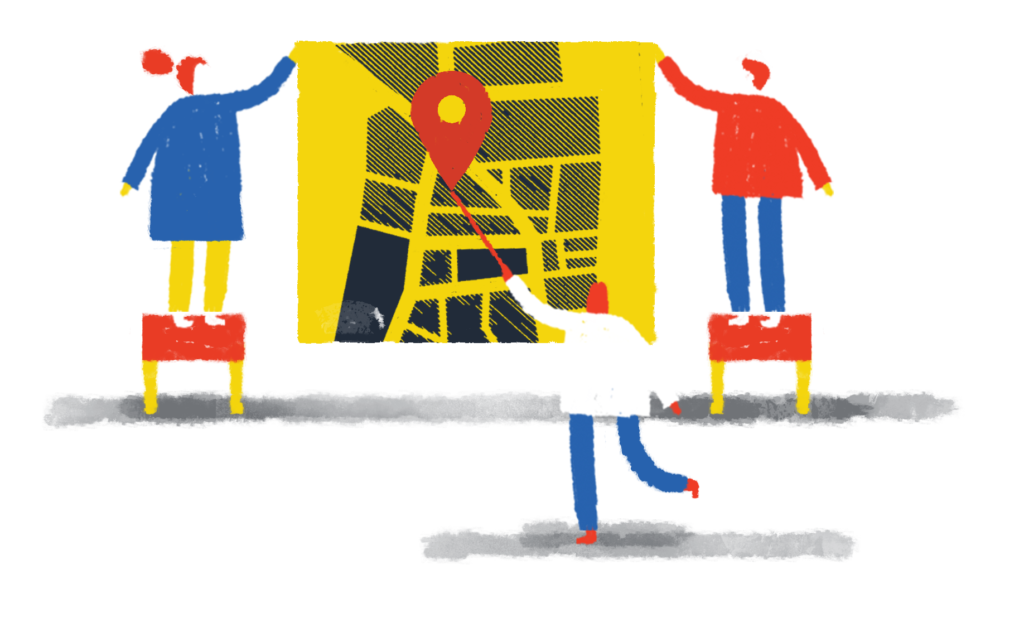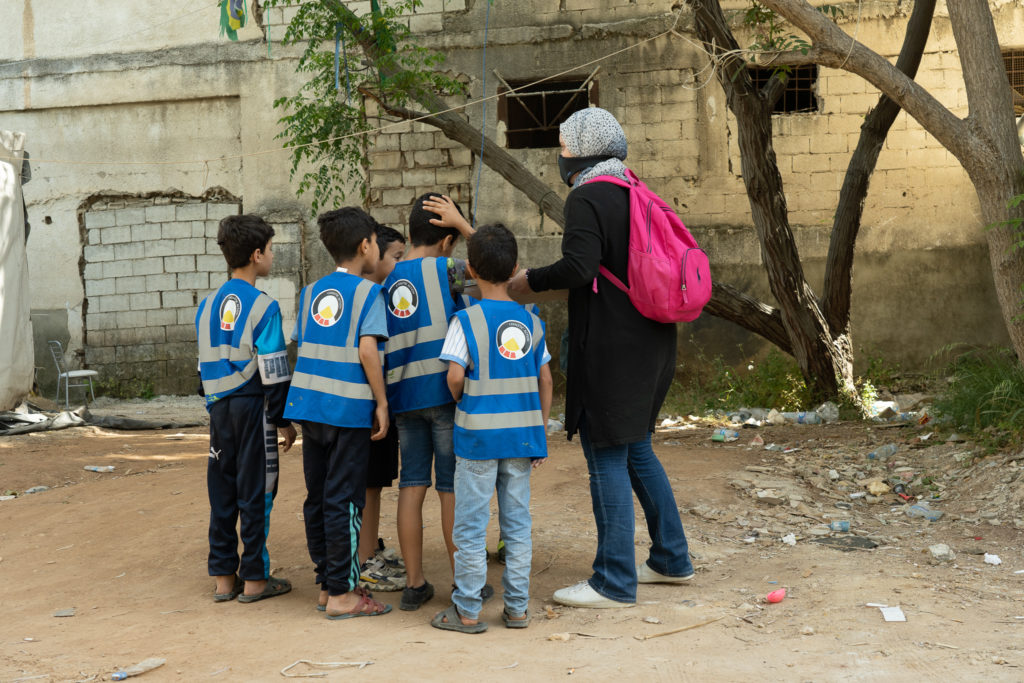
Key points
A careful and participatory selection of sites for interventions is essential for ensuring their positive impacts on children and long-term sustainability.
The best location for a built intervention can be identified via any of the following steps:
Partnership establishment
Actors may initiate a partnership having already identified a site for the intervention. Nevertheless, the location should always be analysed and discussed during the participatory design phase. Feedback on the chosen location from the local community should be discussed with partners.
Context analysis
The site location could be identified as partners learn about the area and available sites for the intervention. If the site has already been identified, more information about the location can be collected during the context analysis. For example, understanding access to the site, mapping existing activities, etc.
Designing spaces with children
Designing spaces with children can also lead to site selection. A project might aim at implementing an intervention within a neighbourhood, but the site selection itself may be left to the participants of the co-design process to decide. Identifying the site during this phase is ideal, because residents can provide information on locations not known to the partners or found during the context analysis. For example, it is important to understand
the hidden and overlapping layers of governance in specific places. The municipality is often the legal entity that provides building permits, but there may be powerful local families, or informal groups, who also need to permit work in a specific location.

Some organisations have checklists that they follow to guarantee that the potential intervention site is adequate. This is often found in organisations working with child protection, whenever new spaces for children’s activities are set up.
For example UNICEF’s ‘A Practical Guide to Develop Child Friendly Spaces’ (page 54) indicates the following considerations for site selection:
- Are there hazardous materials and toxic substances in the space/area?
- Is there good air quality?
- Is the space safe from natural hazards, such as flood zones,
- landslide zones?
- Is the space safe from armed conflict? Risks of exploitation?
- Is the space accessible to children and their families?
- Can the actual space be easily secured (i.e. with a fence or a barrier) from dangers (i.e. strangers)
- Is there water and latrine access?
- Is the location convenient and accessible for other service providers and NGOs who will be participating in the activities?
- Is the size sufficient for the number of expected beneficiaries?
- Has the community agreed to the CFS and the selected location?
- Has the space been allocated for other functions? (if so, consider the implications on schedules, use of space, etc.)
- Is there an agreement to use the space with the owner/proprietor?
Other factors for assessing the intervention’s location can include:
Accessibility
For all users, including those in wheelchairs.
Child safety features
For example, is the space well protected from traffic?
Security
Is the location safe from potential vandalism and improper use?
Perception of the space
What is the local residents’ perception of the location? Perception can be linked to the location’s history. For example, a location that once was used for drug dealing might still be perceived as an unsafe location. It may still be possible to work in this location, but it would require a participatory process with the communities to work on changing their perceptions.
Power dynamics linked to the location
Is there anyone controlling the space? How? Would this pose an issue for the planned intervention? For example, there could be a person or a family controlling a public park (informally) who charge people money for its use. If the intervention falls within the park, there is a high risk that users will still be charged money to access the space.
Legal ownership of the space
Who owns the space? How will the ownership be managed within the project? Will the space/land be purchased or rented? If rented, for how long and under what conditions? What will happen to the space if in the future there is no budget to pay the rent?
Permits
What permits are required to implement the built intervention? Permits include the official legal documents required by law, and also informal approvals from relevant authorities.
Spatial qualities
Are the spatial features (e.g. size) adequate for the planned intervention?
Environmental factors
Based on the planned intervention’s purpose, are features such as natural light, ventilation and greenery sufficient?
Rough budget assessment
Can the intervention be implemented within the available budget?
For example, if the site requires major groundworks this could use up substantial resources. A location where the existing ground is already suitable for the type of intervention planned could save much expense.
Future projection
This is particularly valuable when planning a temporary structure for displaced populations. What will happen to the space when the displaced population returns home?
A wrongly selected intervention site might result in compromising the use of the built intervention. For example, a municipality may give permission to an NGO to use specific public land for a public space intervention. During the participatory activities, the NGO learns that the site is not favoured by residents, nevertheless the NGO does not change the location. This may result in the built intervention being underused, and possibly vandalism.
Effective built interventions can enhance existing spaces and practices, such as those that incentivise a new use of a space, or make spaces safer. If a square near a trafficked road is already used by people to socialise and by children to play, a relatively small intervention to separate the pedestrian area from the motorised traffic can make these activities safer for everyone, increasing people’s use of the square.



